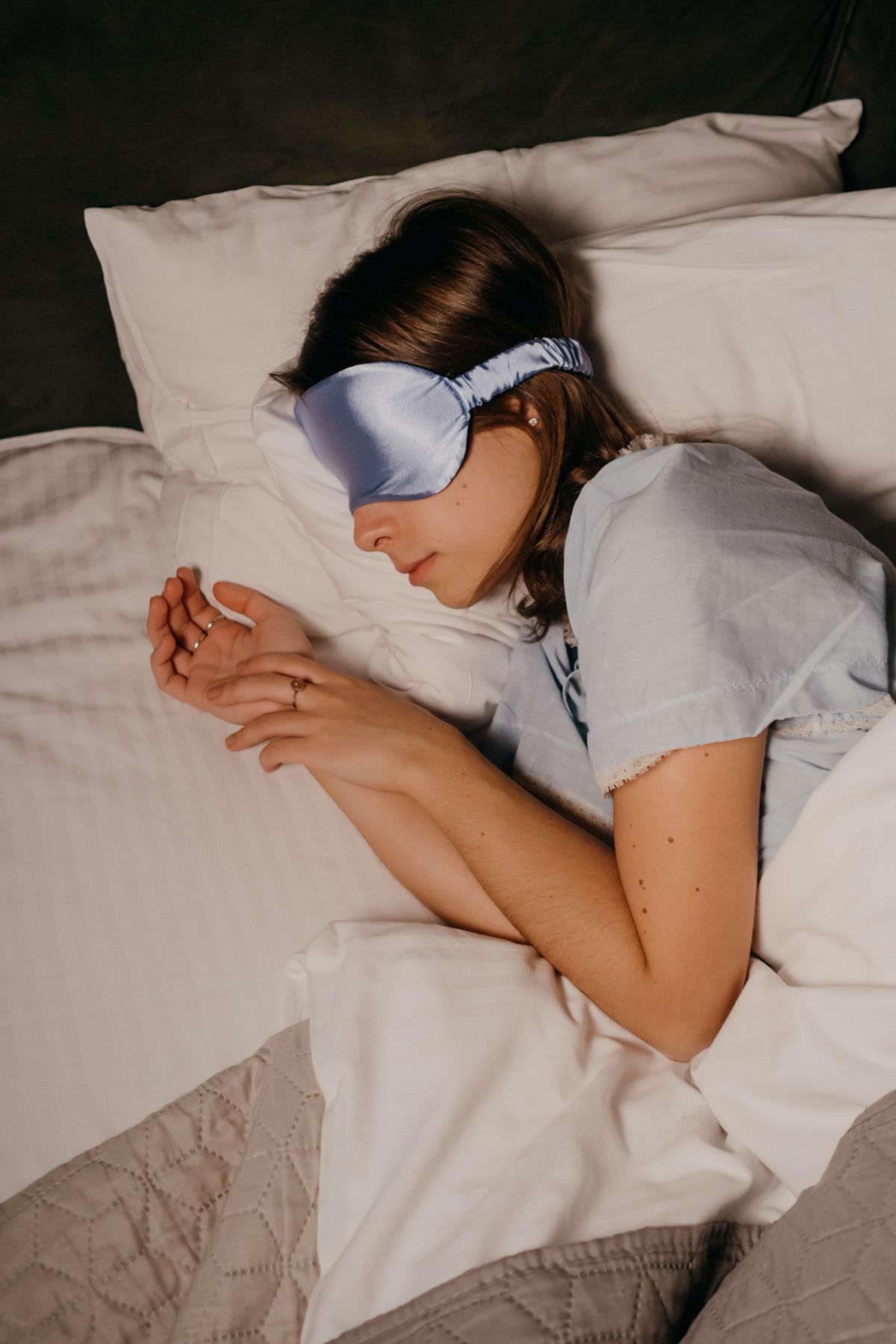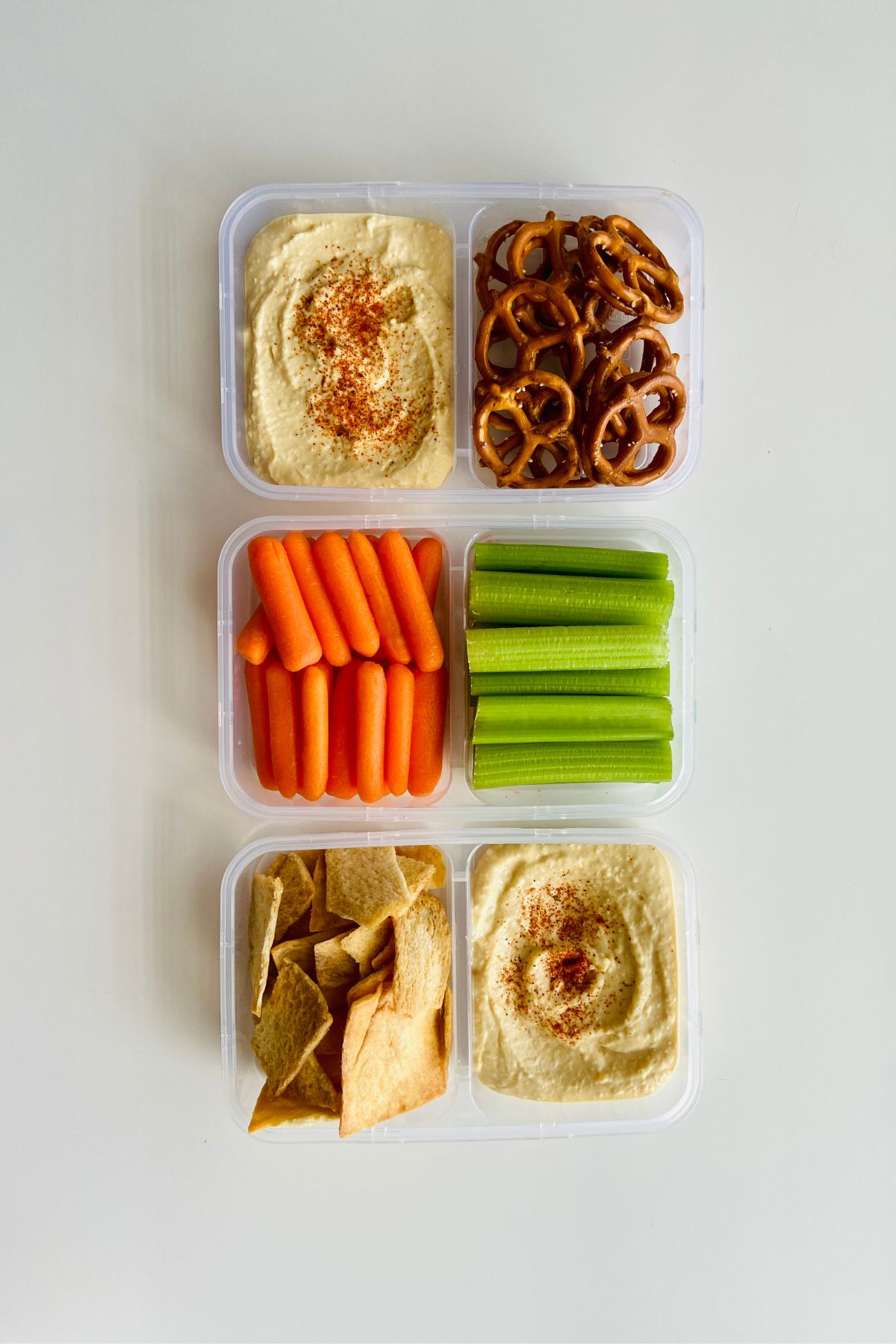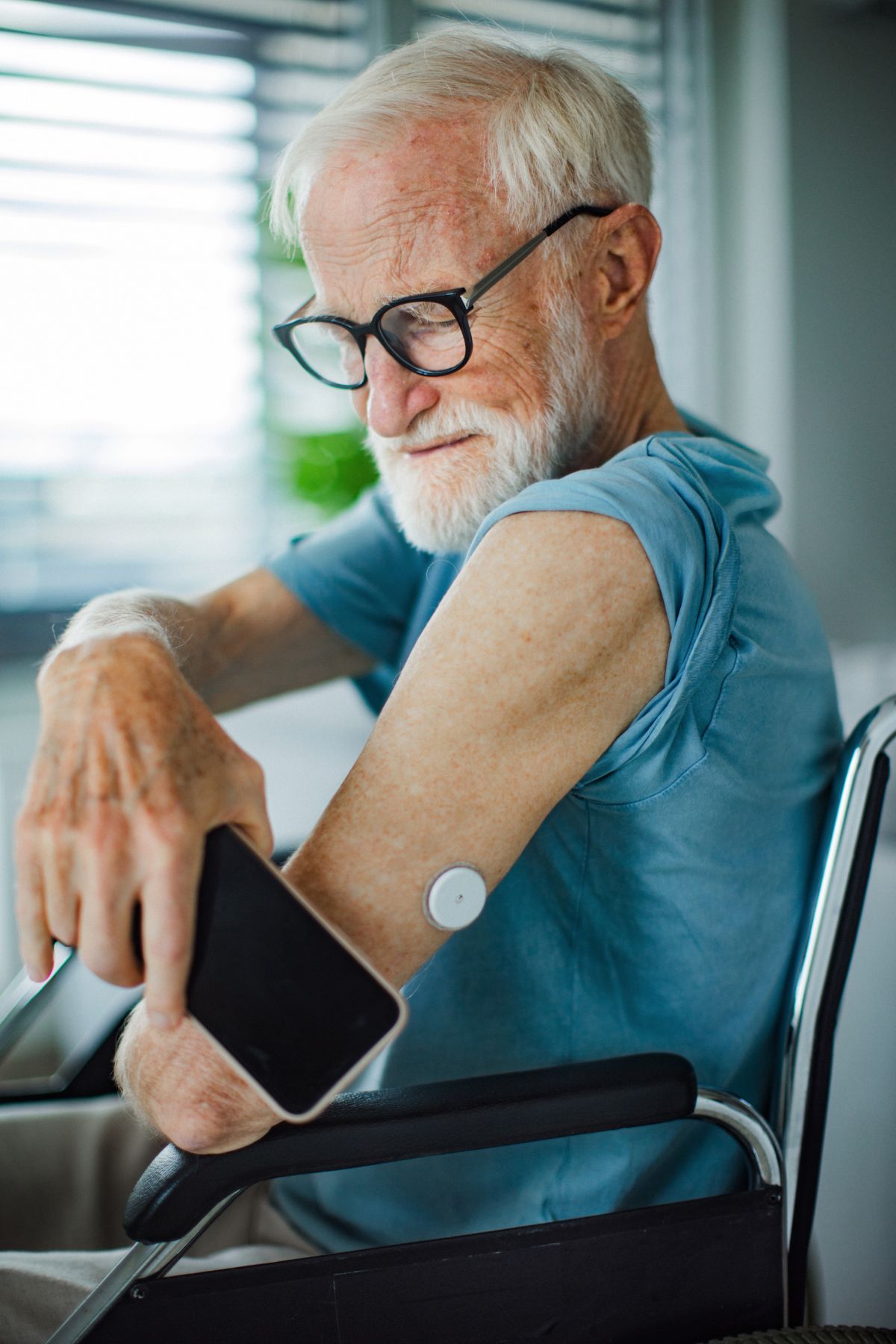Nocturnal hypoglycemia, or low blood sugar at night, is a common concern for people with diabetes, especially those taking insulin or certain medications that lower blood glucose levels. This condition occurs when blood sugar drops below a healthy range while sleeping, leading to disruptive symptoms such as sweating, trembling, nightmares, dizziness, and even confusion upon waking. Left unmanaged, nighttime hypoglycemia can interfere with restful sleep, impact energy levels the next day, and, in severe cases, pose serious health risks.

The body typically responds to low blood sugar by releasing hormones like adrenaline and glucagon to raise glucose levels, but sometimes, this natural defense system isn’t enough. Factors such as long gaps between meals, excessive insulin dosage, intense physical activity before bedtime, or alcohol consumption can contribute to a drop in blood sugar overnight. Recognizing the signs and understanding preventive measures is crucial in avoiding these episodes.
By implementing practical strategies, such as adjusting food intake, monitoring glucose levels before bed, modifying insulin or medication use, and being mindful of lifestyle choices like exercise and alcohol consumption, individuals with diabetes can take control of their blood sugar levels and improve their sleep quality. If nighttime lows are a recurring problem, tracking patterns and discussing them with a healthcare provider can help tailor a personalized approach to prevent future episodes. This article will explore seven essential tips to help manage low blood sugar at night, ensuring better sleep and overall diabetes control.
1. Have a Balanced Bedtime Snack
Table of Contents
One of the most effective ways to prevent nighttime hypoglycemia is to consume a well-balanced bedtime snack that includes both protein and complex carbohydrates. A combination of these macronutrients helps maintain stable blood sugar levels throughout the night by providing a slow and steady release of glucose.

Unlike simple carbohydrates, which can cause a rapid spike followed by a sharp drop in blood sugar, complex carbohydrates break down more gradually, offering sustained energy. Protein, on the other hand, slows digestion and prevents excessive glucose fluctuations. For instance, a small bowl of Greek yogurt with nuts, whole-grain crackers with peanut butter, or cottage cheese with fruit are excellent snack choices that provide both protein and carbohydrates.
It’s important to avoid high-sugar snacks before bed, as they may lead to an initial blood sugar spike, prompting the body to release insulin, which can then result in a sudden drop in glucose levels during the night. If blood sugar tends to dip frequently overnight, keeping a record of pre-bedtime readings and morning blood glucose levels can help identify patterns. In some cases, adjusting portion sizes or experimenting with different snack options may be necessary to find what works best.
Additionally, people taking insulin should consult their healthcare provider to determine whether a bedtime snack is necessary based on their medication regimen. Consuming a balanced snack not only reduces the risk of nighttime lows but also supports overall diabetes management by promoting steady glucose control. By incorporating this simple habit into a nightly routine, individuals can significantly lower their chances of experiencing disruptive hypoglycemia while ensuring restful and uninterrupted sleep.
2. Monitor Blood Sugar Before Bed
Checking blood sugar levels before bedtime is a crucial step in preventing nighttime hypoglycemia. A bedtime glucose check provides valuable insights into whether additional action, such as consuming a snack or adjusting medication, is needed to maintain stable blood sugar levels overnight. Generally, a safe target blood sugar range before sleep is above 100 mg/dL, though individual recommendations may vary based on a person’s medical history, insulin regimen, and overall diabetes management plan.

If blood sugar is already on the lower end before bed—typically below 100 mg/dL—a small snack containing a combination of protein and complex carbohydrates can help prevent an overnight dip. On the other hand, if blood sugar levels are too high, it may be necessary to evaluate meal choices or insulin dosage earlier in the day.
Tracking bedtime blood glucose patterns over several nights can help identify trends, making it easier to anticipate and prevent potential lows. Additionally, the use of continuous glucose monitors (CGMs) can be especially beneficial, as they provide real-time blood sugar readings and send alerts if levels start to drop too low while sleeping. For those who do not use a CGM, setting an alarm to check blood sugar levels in the middle of the night may be helpful, especially if nighttime hypoglycemia has been a recurring issue.
Keeping a log of blood sugar readings, meal intake, and physical activity can also help determine whether adjustments to diet, exercise, or medication are necessary. Regular bedtime monitoring empowers individuals to make proactive decisions that reduce the risk of experiencing a dangerous blood sugar drop overnight. While this habit may require some effort initially, it plays a critical role in maintaining steady glucose control, preventing disruptions in sleep, and ultimately supporting better long-term diabetes management.
3. Adjust Your Insulin or Medications (If Necessary)
For people with diabetes who take insulin or certain glucose-lowering medications, nighttime hypoglycemia can often be the result of medication dosages that are too high or not properly timed. Long-acting insulin, which is designed to provide a steady level of glucose control throughout the night, may sometimes cause blood sugar to drop too low, especially if taken in excess or if the body’s insulin needs decrease during sleep.

Similarly, sulfonylureas, a class of oral diabetes medications that stimulate insulin production, can increase the risk of overnight lows. If nighttime hypoglycemia occurs frequently, it may be necessary to adjust insulin dosages or medication timing under the guidance of a healthcare provider. Some individuals may benefit from switching to an insulin regimen with a lower risk of hypoglycemia, such as using a basal insulin with a more gradual release profile. Others may need to modify the timing of their insulin doses, ensuring that their body has enough glucose available to maintain stable levels throughout the night.
Another important factor to consider is whether insulin or medication dosages are aligned with meal intake and physical activity levels. For example, taking too much rapid-acting insulin with dinner, especially if the meal is light or low in carbohydrates, can lead to a delayed blood sugar drop several hours later. Similarly, skipping or reducing carbohydrate intake without adjusting insulin accordingly can also increase the risk of nighttime lows.
People using continuous glucose monitors (CGMs) may notice downward trends overnight, which can provide additional insights into whether an insulin adjustment is needed. Keeping a detailed record of bedtime blood sugar levels, insulin doses, meal composition, and morning glucose readings can help identify patterns that suggest medication changes may be necessary. However, it is crucial to never adjust insulin or medication dosages without consulting a healthcare provider, as improper modifications could lead to unstable blood sugar control. By carefully evaluating medication timing and dosage, individuals with diabetes can take a proactive approach to minimizing the risk of nighttime hypoglycemia and achieving more consistent glucose levels while they sleep.
4. Adjust Physical Activity Timing
Exercise plays a vital role in managing diabetes, but its timing can significantly impact blood sugar levels, especially overnight. Engaging in moderate to intense physical activity too close to bedtime can increase the risk of nocturnal hypoglycemia because exercise makes the body more sensitive to insulin and depletes glycogen stores, leading to lower blood glucose levels hours after the workout. This delayed effect, known as post-exercise hypoglycemia, can occur several hours after physical activity, particularly if the workout was intense or prolonged.

To reduce the risk of nighttime lows, it is generally recommended to finish exercise at least 2–3 hours before bedtime to allow blood sugar levels to stabilize. However, if evening workouts are necessary due to schedule constraints, there are strategies to prevent overnight dips in blood sugar. First, monitoring blood sugar levels before and after exercise can provide insight into how the body responds, allowing for appropriate adjustments. If levels are lower than usual post-exercise, consuming a protein and carbohydrate snack—such as a small banana with peanut butter or whole-grain crackers with cheese—can help maintain stability overnight.
Additionally, adjusting insulin dosages or carbohydrate intake in consultation with a healthcare provider may be necessary for those who engage in frequent evening workouts. Low-intensity activities, such as walking or gentle stretching, are less likely to cause significant blood sugar drops and may be a safer option closer to bedtime. Individuals using a continuous glucose monitor (CGM) can track how their blood sugar responds to different types and intensities of exercise, helping them determine the best timing and necessary precautions.
For those on insulin, discussing personalized adjustments with a healthcare provider—such as reducing pre-exercise bolus insulin or adjusting basal insulin on active days—can be beneficial. By strategically timing exercise and pairing it with appropriate nutrition, people with diabetes can enjoy the benefits of physical activity while reducing the risk of experiencing dangerous blood sugar drops overnight.
5. Be Mindful of Alcohol Consumption
Alcohol can have a significant impact on blood sugar levels, particularly for individuals with diabetes, as it can lead to delayed hypoglycemia several hours after consumption. The liver plays a crucial role in regulating blood sugar by releasing stored glucose into the bloodstream when levels drop too low. However, when alcohol is present in the system, the liver prioritizes metabolizing the alcohol over maintaining blood glucose levels, which can result in a prolonged drop in blood sugar, especially overnight. This risk is even greater for those who take insulin or certain diabetes medications, such as sulfonylureas, which further lower glucose levels.

To minimize the risk of nocturnal hypoglycemia, it is essential to consume alcohol in moderation and pair it with food. Eating a balanced meal or snack that includes protein and complex carbohydrates can help stabilize blood sugar levels and slow alcohol absorption. For example, having a handful of nuts, cheese with whole-grain crackers, or a small sandwich alongside an alcoholic drink can reduce the likelihood of a sharp blood sugar drop.
Additionally, choosing lower-sugar alcohol options and avoiding excessive consumption of sugary mixers can help prevent unwanted fluctuations in blood glucose levels. Before going to bed, it is advisable to check blood sugar levels, especially after drinking alcohol, to ensure they are in a safe range. If blood sugar is on the lower end, a small bedtime snack may be necessary to prevent an overnight drop.
Since alcohol affects people differently, tracking personal responses to different types and amounts of alcohol can help determine the safest approach. Ultimately, being mindful of alcohol consumption and taking proactive steps to stabilize blood sugar can help individuals with diabetes enjoy occasional drinks while minimizing the risk of dangerous nighttime hypoglycemia.
6. Follow the 15-15 Rule
Waking up in the middle of the night with symptoms of low blood sugar—such as sweating, trembling, dizziness, or confusion—requires immediate action to prevent the situation from worsening. Having a fast-acting carbohydrate source readily available by the bedside is essential for quickly raising blood sugar levels without the need to get out of bed and search for food.
Fast-acting carbohydrates are those that quickly absorb into the bloodstream, providing a rapid increase in blood glucose levels. Ideal bedside options include glucose tablets, a juice box, honey or sugar packets, or small candies like jelly beans. These options work quickly because they contain simple sugars that do not require digestion before entering the bloodstream.
The 15-15 rule is a commonly recommended approach for treating low blood sugar: consume 15 grams of fast-acting carbohydrates, wait 15 minutes, and then recheck blood sugar levels. If blood sugar remains below a safe threshold (usually 70 mg/dL or lower), repeat the process until levels rise to a normal range.
However, treating low blood sugar doesn’t stop at consuming fast-acting carbs. Once blood sugar stabilizes, it is important to eat a follow-up snack that contains both protein and complex carbohydrates to prevent another drop later in the night. Keeping a water bottle nearby is also helpful, as dehydration can sometimes mimic or worsen hypoglycemia symptoms.
Conclusion
Managing nighttime hypoglycemia is an essential part of diabetes care, as low blood sugar episodes can disrupt sleep, cause serious health risks, and negatively impact overall well-being. By implementing the right strategies—such as having a balanced bedtime snack, monitoring blood sugar before bed, adjusting insulin or medications if necessary, and timing physical activity appropriately—individuals with diabetes can take proactive steps to reduce the risk of overnight lows.
Additionally, being mindful of alcohol consumption, keeping a fast-acting carbohydrate nearby, and responding quickly to low blood sugar symptoms can help prevent more severe complications. Those who experience frequent nighttime hypoglycemia should consider tracking patterns and discussing possible adjustments with their healthcare provider. By staying informed and prepared, people with diabetes can confidently take control of their nighttime blood sugar levels and wake up feeling healthy and refreshed.
- Can You Eat Too Much Protein? Here’s What Science Says - February 6, 2025
- 6 Tips to Manage Low Blood Sugar at Night - January 31, 2025
- Understanding Diabetes: What You Need to Know - January 29, 2025
